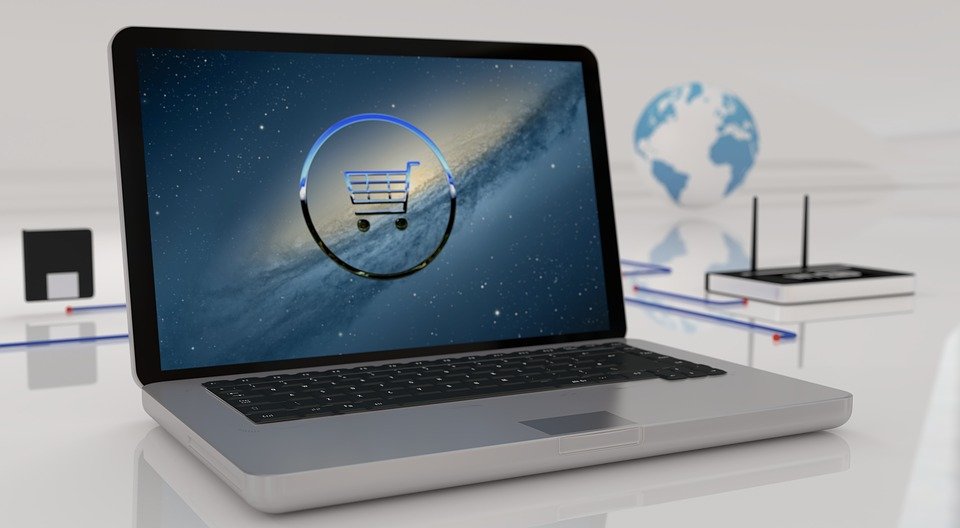If you’re thinking of becoming an entrepreneur, you probably already have the motivation and guts to do so, but do you have the right knowledge and the right amount of capital?
Many Latinos have the drive and initiative to become entrepreneurs. This comes with many perks including consistency, hard work and an innate ability to be resilient and not stop at the potential of obstacles. But entrepreneurs often lack the proper information about how much it costs to start a business. For example, how many funds will I need upfront? How much do I have to invest from my own savings and how much will come to from a bank loan? How many employees will I have to pay? The cost always varies depending on the field. Usually, the industries with the largest profits are also those that require more expenses and ongoing investments: land, facilities, infrastructure, and major manufacturing equipment. Unless you’re starting a business solo as a freelancer or business consultant, there are a plethora of costs involved with starting a business.
Let’s start with a concrete example. If you are thinking of launching your own Mexican restaurant, what initial expenses should you consider? Well, first off you have to pay yourself. What will your salary look like? Then, estimate your business cost by creating a business plan. How many employees will you employ and at what hourly rate? What is the hourly rate for your state? How much do you have to invest in to make the restaurant appealing to customers including equipment and supply costs? All of these factors should be a top consideration in your mind and in your business plan. Having your own business means having to take care of your employees as well.
You will also have to consider administrative charges such as the fees you need to pay your state for being a business entity. Many companies opt to become a corporation, a process that can cost roughly around $100 – $250 in fees depending on the state. Franchise tax fees can cost an additional $800 to $1,000, with government filing fees adding an extra $50 to $100 to your expenses.
Plus, you cannot forget rent! In pricey areas, you can be coughing up around $50-$60 per square foot. That’s just an example, but the price varies depending on location and state. And, finally, insurance. Insurance is a pivotal part of business as you want to be sure you’re operating from a place in which you’re protected from liabilities. In an atmosphere where so many diners come and go day-by-day, insurance is a must-have.
Is your case similar to the one mentioned above? Do you dream of setting up your own business in a different field? Do you want to work for yourself? Whether you’re in the hospitality industry, the freelance industry, or legal, there are a lot of costs you should become aware of before you start. These are some of the questions you should think about and answer before starting your business.
Read Also:






















